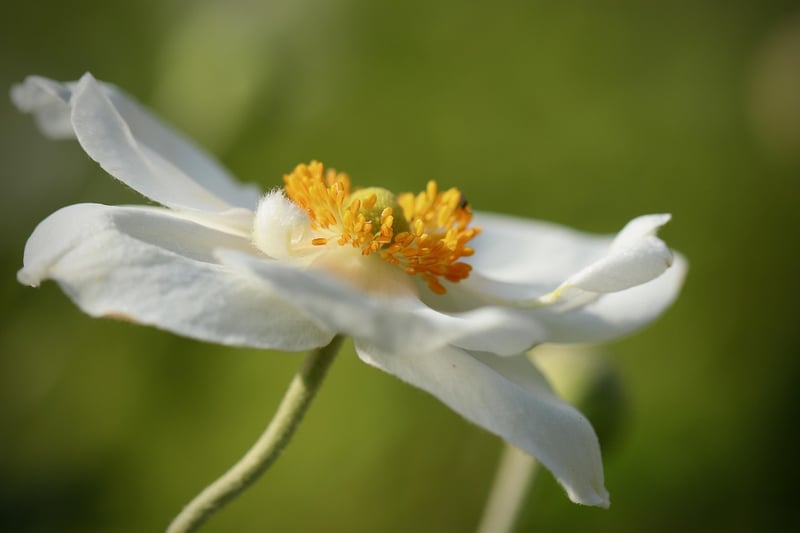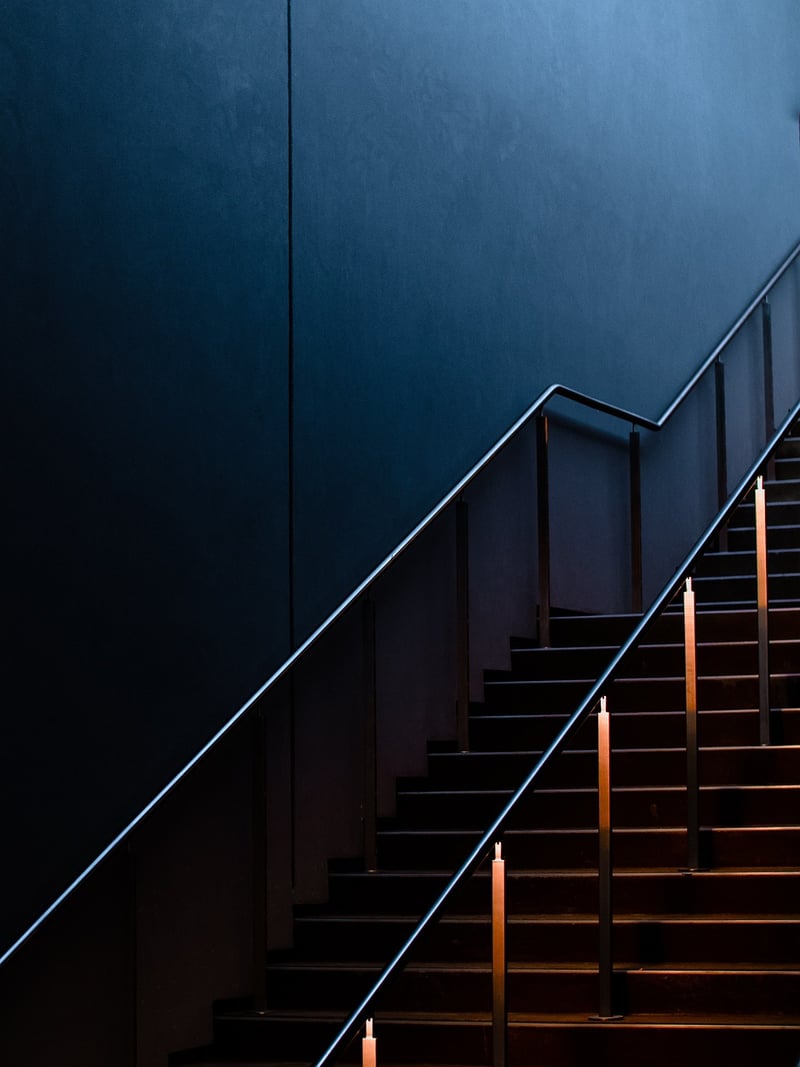Indoor Vertical Garden Lighting
Understanding Light Requirements for Indoor Vertical Gardens
Indoor vertical gardens are a great way to bring nature into your home or office, creating a living work of art that not only looks beautiful but also improves air quality and well-being. One of the key factors to consider when setting up an indoor vertical garden is providing the right amount of light for your plants to thrive.
Types of Light
Plants require different types of light for photosynthesis, the process that enables them to produce energy. The three main types of light are:
- Full Sunlight: Direct sunlight for at least 6 hours a day. Ideal for sun-loving plants.
- Partial Sunlight: Indirect sunlight or filtered light. Suitable for plants that prefer moderate light.
- Low Light: Limited natural light or artificial light. Suitable for shade-loving plants.
Lighting Options for Indoor Vertical Gardens
When natural light is insufficient, artificial lighting becomes essential for the growth of your indoor vertical garden. Here are some common types of artificial lighting:
- Fluorescent Lights: Affordable and energy-efficient, suitable for a wide range of plants.
- LED Grow Lights: Highly energy-efficient and versatile, providing specific light spectrums for different growth stages.
- High-Intensity Discharge (HID) Lights: Powerful lights suitable for large vertical gardens with high light requirements.
Best Practices for Indoor Vertical Garden Lighting
To ensure your plants receive adequate light, consider the following tips:
- Place light sources close to the plants to maximize light intensity.
- Adjust the light duration based on the plant's light requirements and growth stage.
- Rotate plants regularly to ensure even light distribution and prevent leggy growth.
- Monitor plant growth and health to determine if they are receiving enough light.
Conclusion
Proper lighting is crucial for the success of your indoor vertical garden. By understanding the light requirements of your plants and choosing the right lighting options, you can create a thriving green oasis in any indoor space.
Remember, each plant has its own light preferences, so research your plant species to provide them with the optimal growing conditions.
For more tips and inspiration on indoor gardening, check out our indoor gardening tips section.

